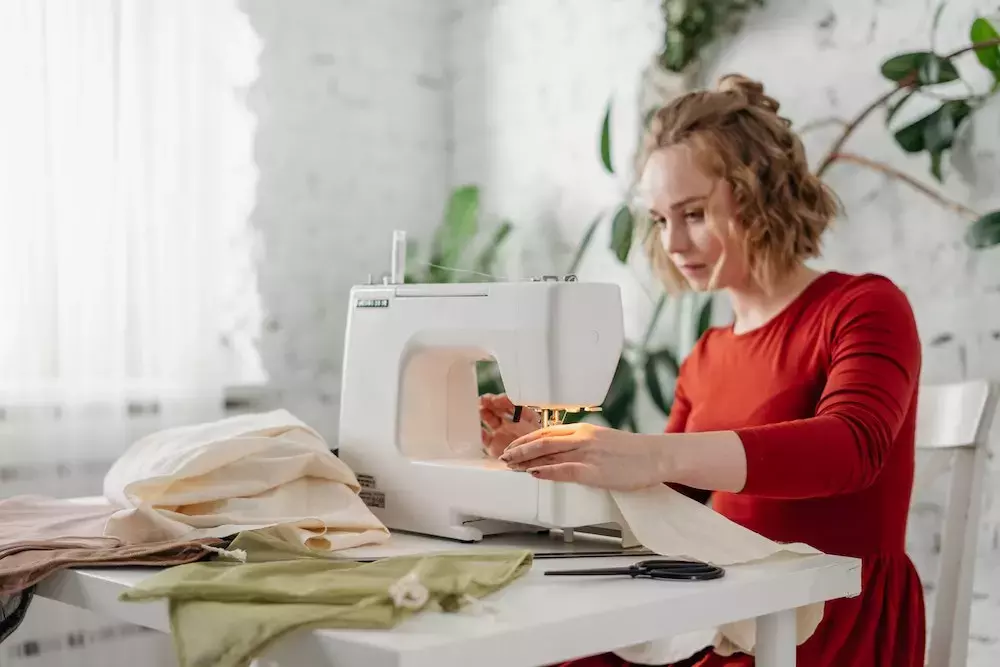Can You Serge with a Sewing Machine?
2020-07-27
Sergers typically have three to five bobbins, which means there are at least three or four other threads running through to create a professional and clean result. Quilting and garment making often call for sergers, resulting in a much higher quality end product. What happens when you don't need a serger often enough to justify purchasing this huge piece of equipment? You can always turn to your sewing machine!
Understanding Overlocking, Pin, and Ladder Stitches
The alternative to a serger is an overlock, although they both complete the same task. In the UK, "overlocker" refers to the machine, and "serger" is the American preference. But, an overlock stitch is a way to manage a similar effect without purchasing another expensive machine.
A serger will give edges a professional finish when done correctly. But, an overlock foot will create the illusion of a serged edge and still finish the edges. It's the difference between a high-priced designer bag and a perfect knock-off, only you should be able to tell the difference.
For overlocking, you do need an overlock foot, which is an affordable investment. But, it would help if you also had your machine to have an overedge or overlock stitch. Most devices do as this is a go-to technique for most sewers.
The alternative is to have a ladder or a pin stitch. The ladder stitch is well-loved as the "invisible" stitch, but you can use it to give seams and edges a beautiful finish. A pin stitch is usually used to attach lace tape onto fabric; they can be pretty, and they are always secure.
What all of these have in common is that they give more security through the stitch pattern's design.
How Stitch Width and Stitch Length Can Impact a "Serged" Edge
One of the biggest things to consider when you're finishing an edge is the stitch width and length. With an overlock stitch, most sewing machines do best between 5 and 5.5. Ladder stitches require even shorter lengths, even coming down to 1.5 depending on personal preference. To understand your machine, you should run through a few test strips to see which creates the tightest and most uniform finish.
Overlocking Feet – Do You Need One?
Most of the time, yes, you do need an overlock foot for your overlocking stitch. Your machine may have come with one, or you may need to purchase one. Whenever you're buying afoot, make sure that the brand matches your sewing machine brand.
But, the ladder stitch may be the closest in look to a serged edge. Overedge and overlock stitches are useful, and they may be the best way for you to finish your edges depending on your fabric. If you're worried about trying to achieve the serger look, then your best bet is probably a ladder or a pin stitch.
Serging and Overlocking at Home
While you can't create a true serged edge without a serger, you can recreate the idea and effect with an overlocking foot. The foot helps make the overlocking stitches and pin and ladder stitches possible and secure. Whichever stitch you use to accomplish the serged effect will be up to your preference and the options available on your sewing machine.
If you're not sure which you like best based on the look or tightness, use a bit of scrap fabric and give it a fold to test it out! This method for quilting and finishing edges does take a bit of patience, be sure to give it time to develop this new skill.
If you are looking for that perfect overlock, check out our online store to make that overlocking stitch look flawless.





